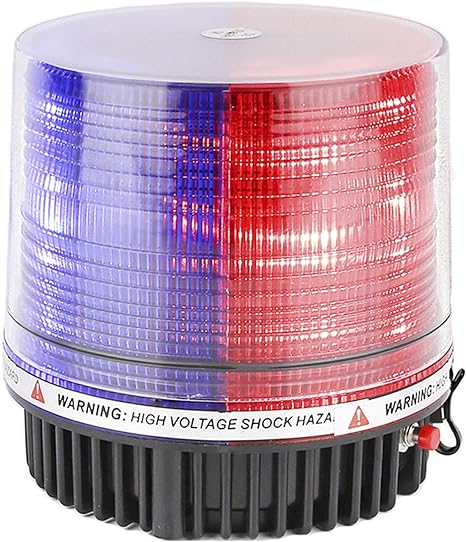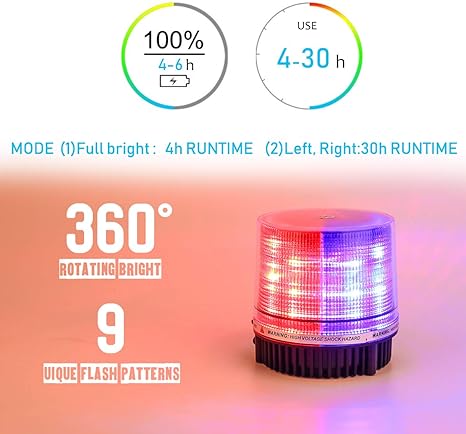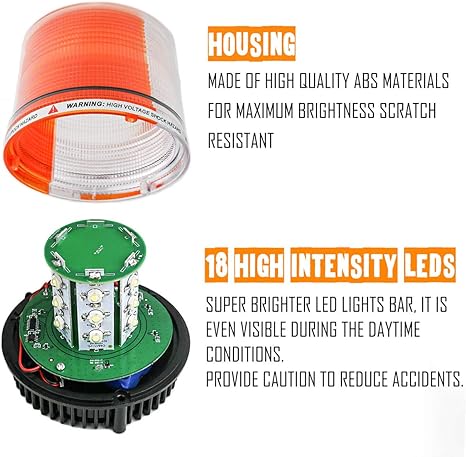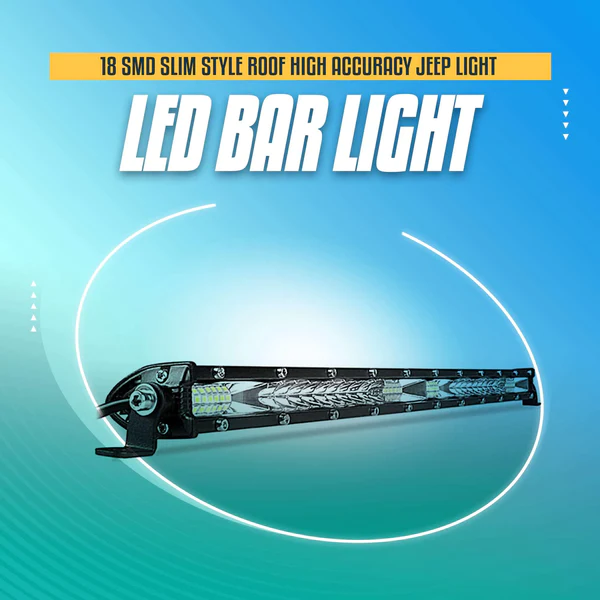Introduction:
In the world of law enforcement, few things are as iconic as the flashing red and blue lights adorning the roof of a police car. These revolving beacons serve not only as a visual warning to motorists but also as a symbol of authority and safety. Over the years, the technology behind these lights has evolved significantly, from simple rotating bulbs to sophisticated LED systems powered by 12 volts. In this blog post, we’ll take a journey through the history and development of Police Car Roof Revolving Red and Blue Magent Flasher Rotary LED 12v.

The Birth of Police Car Emergency Lighting
The concept of using lights on emergency vehicles dates back to the early 20th century when automobiles first became prevalent. Initially, police cars utilized simple red lanterns or electric bulbs mounted on their rooftops to signal their presence in traffic. Early lights were basic but effective in alerting drivers to law enforcement presence.
The Introduction of Rotating Beacons
As automotive technology advanced, so did the technology behind police car emergency lighting. In the 1940s and 1950s, rotating beacons were introduced, offering a more effective way to grab motorists’ attention. These beacons consisted of a motorized mechanism that spun a colored lens, creating a flashing effect as it rotated. The red and blue lenses became standard for police vehicles, distinguishing them from other emergency services like ambulances and fire trucks.

The Transition to LEDs
The 1990s saw a significant shift in emergency lighting technology with the introduction of Light Emitting Diodes (LEDs). LEDs offered several advantages over traditional incandescent bulbs, including lower power consumption, longer lifespan, and greater durability. Law enforcement agencies quickly adopted LED technology for their emergency lighting systems, including the iconic red and blue rooftop beacons.
The Advantages of 12V Systems
In addition to LED technology, another innovation that revolutionized police car emergency lighting was the use of 12-volt electrical systems. Traditionally, emergency lights were powered by the vehicle’s battery or a separate power source, which often required complex wiring and additional equipment. However, the introduction of 12-volt systems allowed for simpler installations and greater flexibility in mounting locations.

The Integration of Magnet Mounts
Another significant advancement in police car emergency lighting came with the integration of magnet mounts. These mounts allowed officers to easily attach and remove their rooftop beacons as needed, providing greater versatility in different situations. Whether conducting a traffic stop or responding to an emergency call, officers could quickly and securely affix their lights to the roof of their vehicle without the need for tools or permanent fixtures.
The Evolution of Flash Patterns
With the introduction of microprocessor technology, modern police car emergency lighting systems can now offer a wide range of flash patterns and sequences. This versatility allows officers to tailor their lighting to specific situations, whether they’re alerting motorists to a hazard, signaling for assistance, or providing an escort. Some systems even feature programmable patterns that can be customized to meet individual departmental requirements.

The Future of Police Car Emergency Lighting
As technology continues to evolve, so too will police car emergency lighting systems. Advances in LED efficiency, battery technology, and wireless communication are likely to drive further innovation in this field. We may soon see smart lighting systems that can communicate with other vehicles and infrastructure to improve safety and coordination during emergency responses.
Conclusion:
In conclusion, the evolution of Police Car Roof Revolving Red and Blue Magent Flasher Rotary LED 12v lights represents a fascinating intersection of technology, safety, and law enforcement. From humble beginnings as simple lanterns to the sophisticated systems of today, these lights have played a crucial role in keeping both officers and the public safe on the roads. As we look to the future, it’s clear that the legacy of these iconic beacons will continue to shine brightly.


